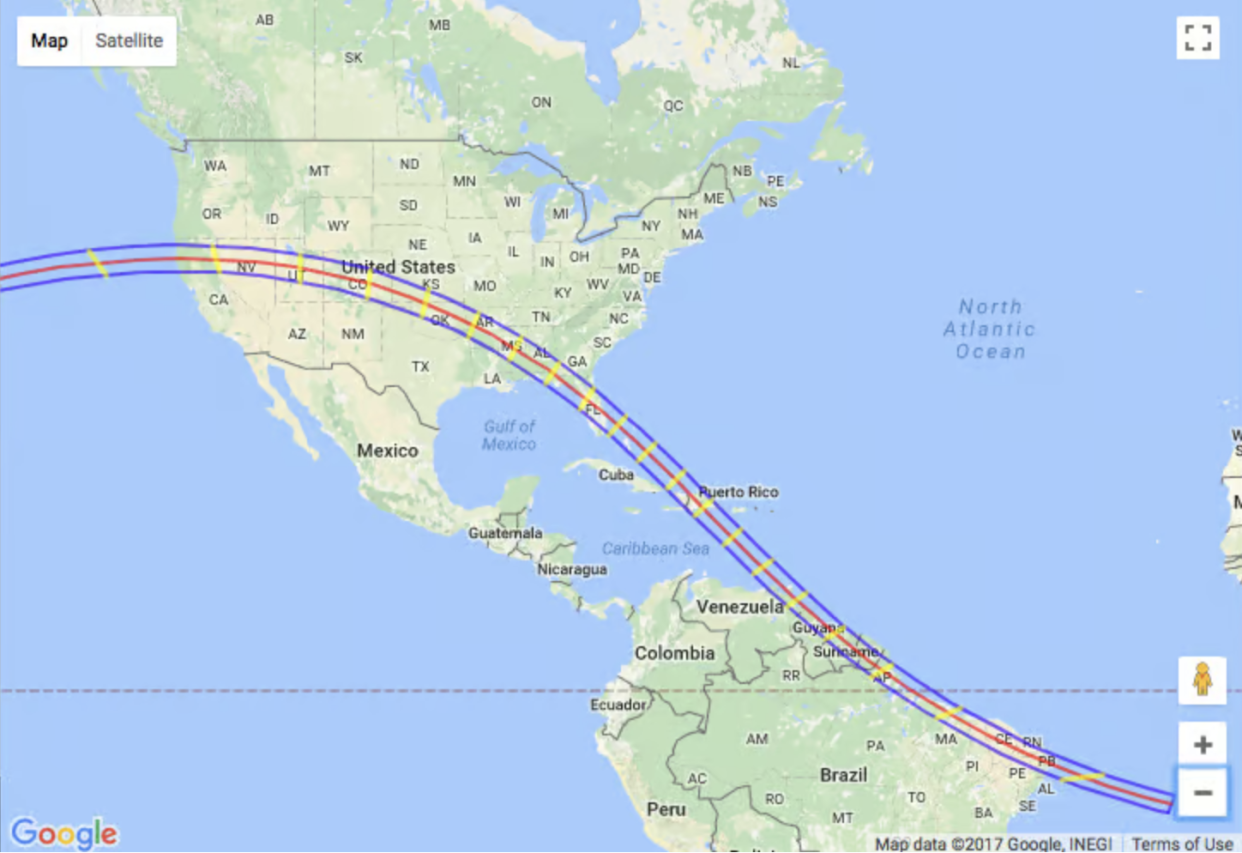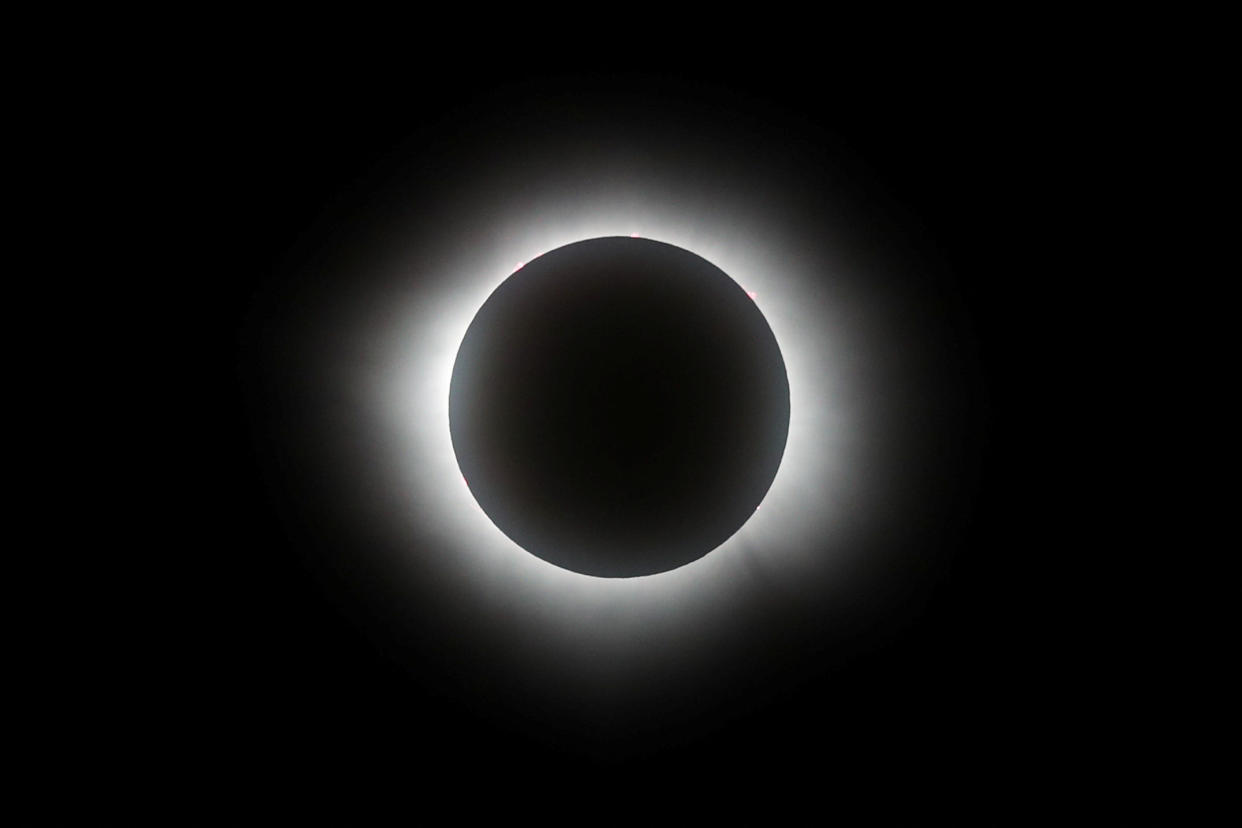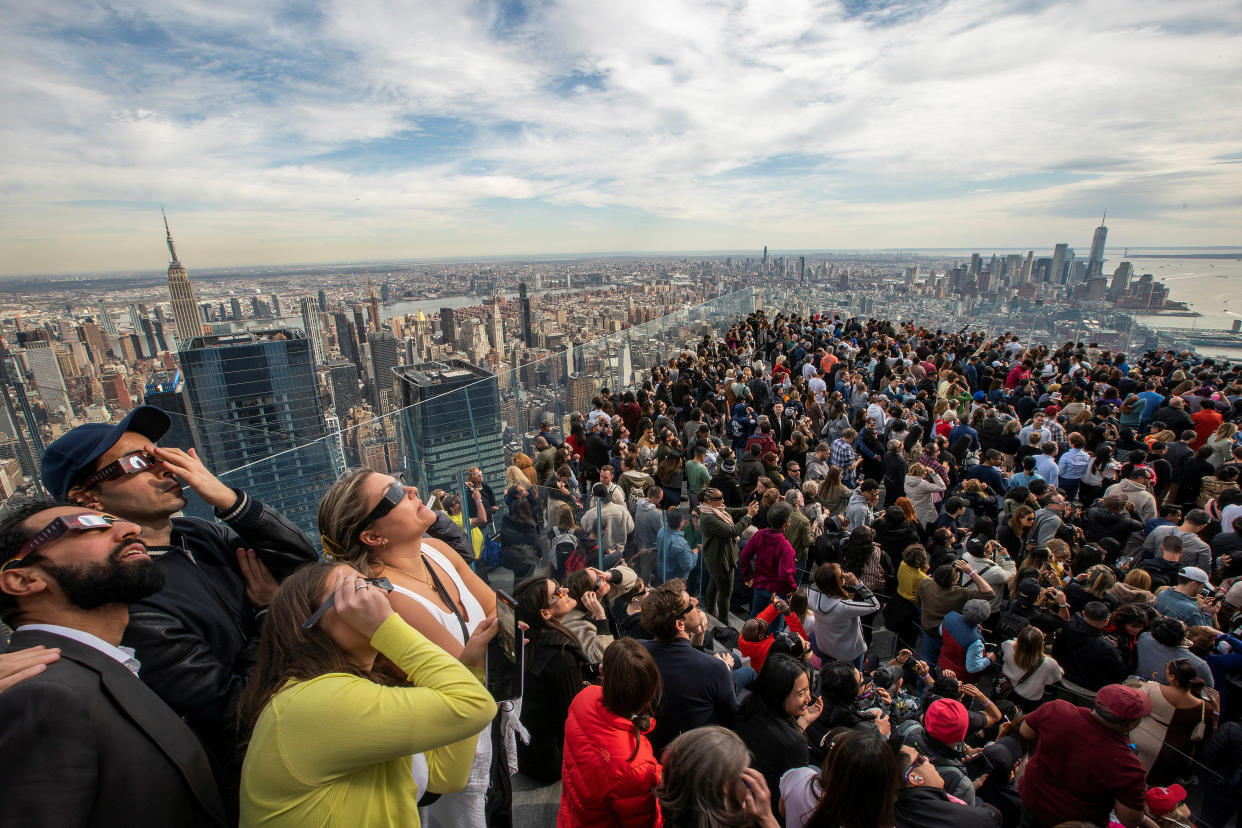How you can start planning for the next eclipse
The moon hadn’t even passed by the sun along the path of totality Monday before sky-gazers who were captivated by the total solar eclipse began wondering: When and where can I see the next one?
If you live in the United States, you're going to have to wait a little while.
When is the next total solar eclipse in the U.S.?
The next total solar eclipse that will be visible in the U.S. will be on March 30, 2033 — in Alaska.
The next one that will be visible in the contiguous U.S. is not until Aug. 22, 2044 — in North Dakota and Montana.
The next total solar eclipse that will be widely visible in the U.S. won't happen until Aug. 12, 2045 — when the path of totality will stretch across 10 states, from California to Florida.

Also see:Total solar eclipse 2024: 35 photos that show the rare astronomical event in all of its glory
When is the next total solar eclipse, period?

According to NASA, it will occur on Aug. 12, 2026, with the path of totality crossing over Greenland, Iceland, Spain, Russia and a small portion of Portugal. A partial eclipse will be visible in parts of Europe, Africa and North America that day.
The following year, on Aug. 2, 2027, there will be a total solar eclipse visible in Egypt, with totality expected to last for more than six minutes.
Here are the dates and locations of some other upcoming total solar eclipses, per the U.S. space agency:
July 22, 2028: Australia and New Zealand
Nov. 25, 2030: Namibia, Botswana, South Africa, Lesotho, Australia
March 20, 2034: Nigeria, Cameroon, Chad, Sudan, Egypt, Saudi Arabia, Iran, Afghanistan, Pakistan, India, China
Sept. 2, 2035: China, North and South Korea, Japan
July 13, 2037: Australia and New Zealand
Dec. 26, 2038: Australia and New Zealand
April 30, 2041: Angola, the Democratic Republic of Congo, Uganda, Kenya, Somalia
April 20, 2042: Malaysia, Indonesia, Brunei, the Philippines
April 9, 2043: Russia
What about other eclipses?

There are, however, other types of eclipses. An annular solar eclipse — when the moon doesn’t totally block the sun and instead leaves the edges, or a “ring of fire,” visible — will occur on Oct. 2 in Chile and Argentina, according to NASA.
There are two partial solar eclipses coming in 2025:
March 29, 2025: Europe, Asia, Africa, North and South America
Sept. 21, 2025: Australia, Antarctica
And there are some lunar eclipses coming up too:
Sept. 28, 2024 (partial): North and South America, Europe and Africa
March 14, 2025 (total): North and South America, Europe and Africa


